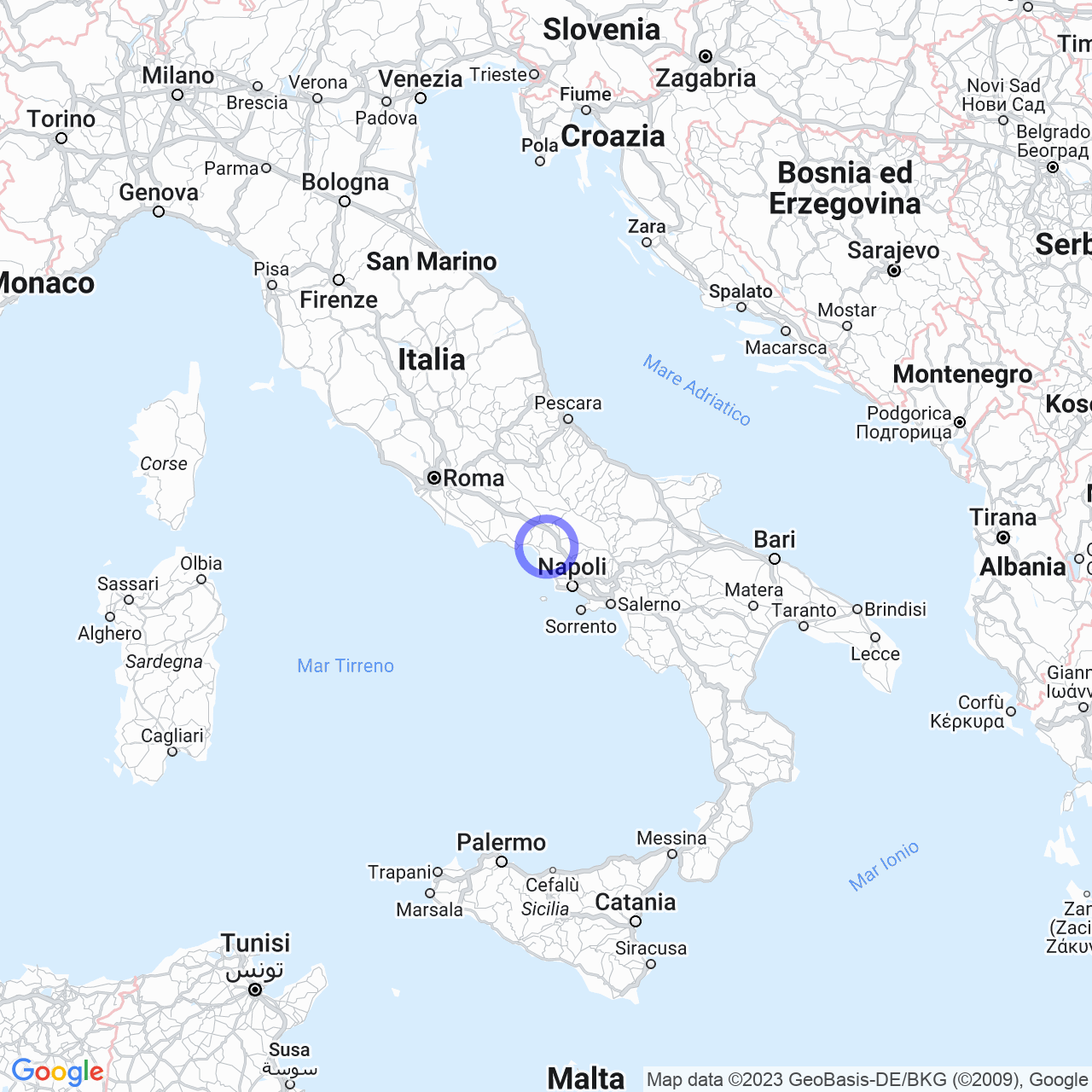Sessa Aurunca
Sessa Aurunca: a millennial history in Campania
Sessa Aurunca, an Italian municipality located in the province of Caserta, in Campania, is not just a peaceful seaside resort. The city, with about 20,000 inhabitants, preserves a long and fascinating history dating back to prehistoric times, as evidenced by the traces of settlements found by archaeological research.
The territory
Sessa Aurunca is the first municipality of the province of Caserta for territorial extension and extends to the north-west border of Campania. It is located a short distance from the Gulf of Gaeta and has a coastal strip on the Domitian coast. The city center, whose name gave the title to the municipality, stands on the slope of an extinct volcano, Roccamonfina, in a territory that enjoys a mild climate and is part of the regional park of Roccamonfina-Foce Garigliano.

The origin of the name
The toponym Sessa Aurunca derives from the name of the ancient Roman colonial city of Colonia Julia Felix Classica Suessa, belonging to the Aurunca Pentapolis. It is presumed that the term "Sessa" may derive from the happy position of the territory, defined by the Romans "Campania Felix", located on a gentle hill with a mild and warm climate.
History
The first settlements: Suessa
Sessa Aurunca is one of the oldest cities in Campania, dating back to the Aurunci era. These latter, a people of Indo-European origin, settled in central Lazio around the 1st millennium BC and their territory extended from the area of Roccamonfina to Monte Massico, between the Aurunci Mountains and the Ausoni Mountains and the Tyrrhenian Sea. The Aurunci confederation, called Pentapoli Aurunca, was made up of the cities of Ausona, Minturnae, Sinuessa, Suessa, and Vescia.
The Aurunci were described by the Romans as not particularly socially evolved. They built their cities on top of a hill for defensive purposes, with some Umbro-Oscan features. Around the 4th century BC, the Aurunci came into contact with the Romans, allying themselves with the Samnites and siding against Rome. The consequences were disastrous and the Aurunca Pentapolis was wiped out in 314 BC. Ausona and Vescia disappeared altogether, while Suessa became a Roman colony and Minturnae expanded as an important city center.
Sessa Aurunca in Roman times
Sessa Aurunca, as mentioned, was one of the Roman colonies in southern Italy. Over time, the city experienced a period of great economic, building and cultural development and became an important center for the trade of grains and oil.
Between the 3rd and 4th centuries, Sessa Aurunca experienced a phase of decline caused by barbarian invasions and adverse events in history. In the 6th century, the city came under Byzantine domination and in the subsequent Swabian-Norman period, a county was founded by Norman families in 1071, of which Sessa Aurunca was one of the main centers.
From the barbarian invasions to the Unification of Italy
After the Norman county, Sessa Aurunca was governed by several families including the Angevins, the Aragonese, and the Bourbons, until the Unification of Italy.
During the period of the Second World War, the municipality of Sessa Aurunca suffered great destruction, but managed to recover during the post-war period and initiate a path of economic and social growth.
Conclusions
Sessa Aurunca, a municipality in southern Italy, is a city with many faces and a long history. Its origins date back to the Aurunci era and the city experienced moments of great development in Roman and medieval times. The territory of the city has been the site of important human settlements and cultural contacts between different civilizations. Today, Sessa Aurunca continues to preserve the testimonies of its past and offer visitors its beauty, culture, and traditions.
